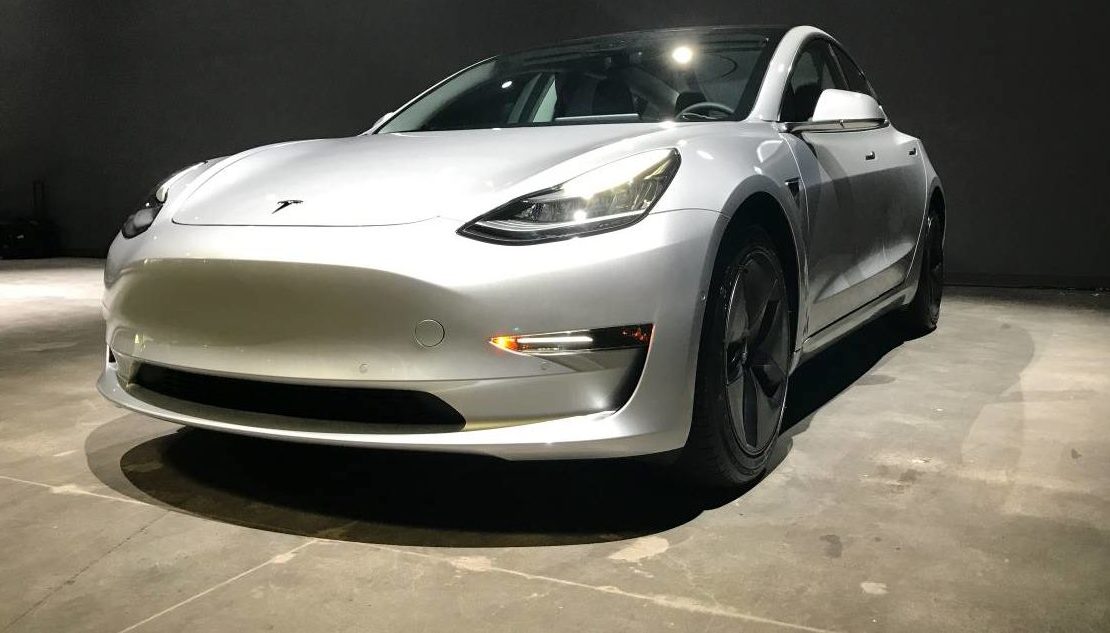
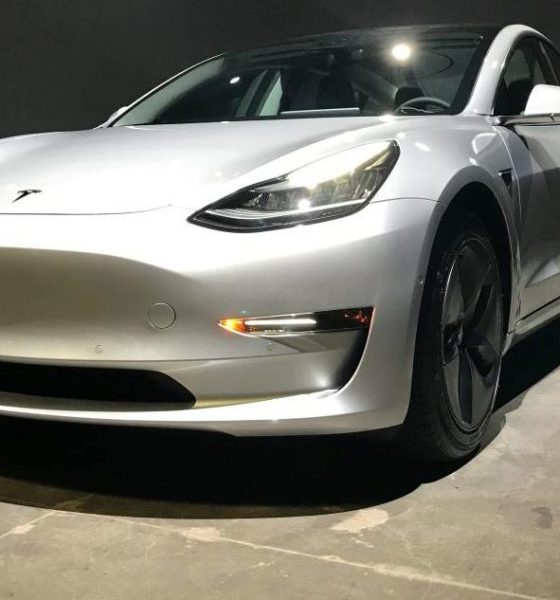
News
Tesla retires the Mid Range Model 3, leaving only Standard and Long Range
Tesla has quietly retired the Mid Range Model 3, a version of the electric sedan that allowed the company to bring the vehicle’s price down while the $7,500 federal tax credit was still active. The removal of Mid Range Model 3 comes amidst Tesla’s release of its most affordable variants of the electric sedan, the Standard and Standard Plus versions.
The Mid Range Model 3 RWD debuted back in October 2018, not long after Elon Musk started dropping hints on Twitter that a “lemur” was about to arrive. The vehicle (speculated to be dubbed the LEMR for Limited Edition Mid Range) was equipped with a long-range battery pack that was fitted with fewer cells, giving the electric car a range of 260 miles per charge, a 0-60 mph time of 5.6 seconds, and a top speed of 125 mph.
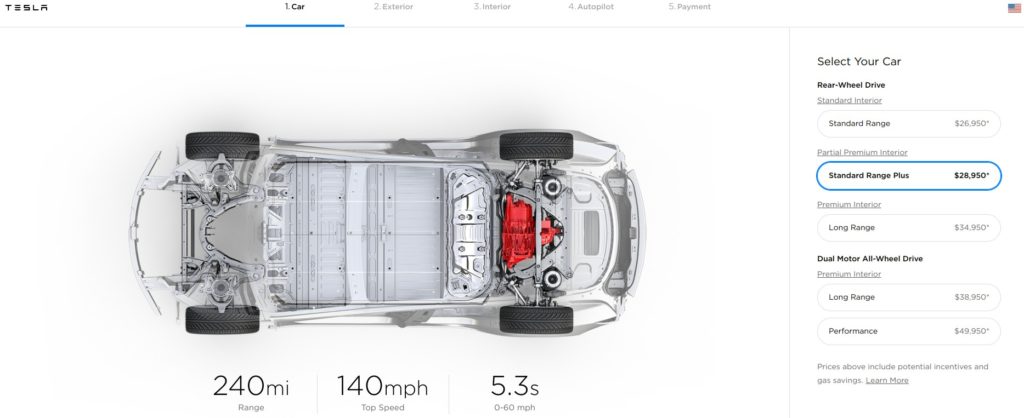
The Mid Range Model 3 was initially priced at $45,000 (later raised to $46,000) before incentives, making it around $3,000 less than the Long Range RWD Model 3, which had a range of 310 miles per charge, a 0-60 mph time of 5.1 seconds, a top speed of 140 mph, and a price of $49,000 before incentives. Tesla advertised the Mid Range Model 3 as its most bang-for-your-buck vehicle then, whose cost when the $7,500 tax credit and gas savings are included comes closer to the company’s promised $35,000 price.
The Mid Range Model 3 largely worked in Tesla’s favor, with the vehicle helping Tesla hit record delivery numbers in the fourth quarter. When Elon Musk announced a round of layoffs in January, the CEO suggested that the Mid Range Model 3 will likely be distributed to other territories as the company worked to bring the costs of the vehicle’s production down until it could manufacture the $35,000 Standard Model 3.
As it turned out, Tesla would be capable of offering the $35,000 Standard Model 3 just a couple of months later. Tesla introduced the two most affordable versions of the Model 3 in early March: the $35,000 Standard and the $37,000 Standard Plus variant. Both vehicles offer a lot for their cost, with the base model having a 220-mile range, a 0-60 mph time of 5.6 seconds, and a top speed of 130 mph. The Standard Range Plus, which comes with a “Partial Premium Interior,” is equipped with a range of 240 miles per charge, a 0-60 mph time of 5.3 seconds, and a top speed of 140 mph.
The removal of the Mid Range Model 3 seemed to be inevitable once Tesla started rolling out the Standard and Standard Plus variants. The Mid Range Model 3 was brought to the market to make the car more affordable for customers, but with the company already releasing lower-cost versions of the car, there is very little to justify its production. Elon Musk’s fondly-dubbed “lemur” had a great run, and it allowed buyers to acquire an affordable Model 3 at a time when the $35,000 version was simply not possible. Now that it is, it seems fitting for the Mid Range Model 3 to make its exit.

News
Tesla Cybercab tests are going on overdrive with production-ready units
Tesla is ramping its real-world tests of the Cybercab, with multiple sightings of the vehicle being reported across social media this week.

Tesla is ramping its real-world tests of the Cybercab, with multiple sightings of the autonomous two-seater being reported across social media this week. Based on videos of the vehicle that have been shared online, it appears that Cybercab tests are underway across multiple states.
Recent Cybercab sightings
Reports of Cybercab tests have ramped this week, with a vehicle that looked like a production-ready prototype being spotted at Apple’s Visitor Center in California. The vehicle in this sighting was interesting as it was equipped with a steering wheel. The vehicle also featured some changes to the design of its brake lights.
The Cybercab was also filmed testing at the Fremont factory’s test track, which also seemed to involve a vehicle that looked production-ready. This also seemed to be the case for a Cybercab that was spotted in Austin, Texas, which happened to be undergoing real-world tests. Overall, these sightings suggest that Cybercab testing is fully underway, and the vehicle is really moving towards production.
Production design all but finalized?
Recently, a near-production-ready Cybercab was showcased at Tesla’s Santana Row showroom in San Jose. The vehicle was equipped with frameless windows, dual windshield wipers, powered butterfly door struts, an extended front splitter, an updated lightbar, new wheel covers, and a license plate bracket. Interior updates include redesigned dash/door panels, refined seats with center cupholders, updated carpet, and what appeared to be improved legroom.
There seems to be a pretty good chance that the Cybercab’s design has been all but finalized, at least considering Elon Musk’s comments at the 2025 Annual Shareholder Meeting. During the event, Musk confirmed that the vehicle will enter production around April 2026, and its production targets will be quite ambitious.
News
Tesla gets a win in Sweden as union withdraws potentially “illegal” blockade
As per recent reports, the Vision union’s planned anti-Tesla action might have been illegal.
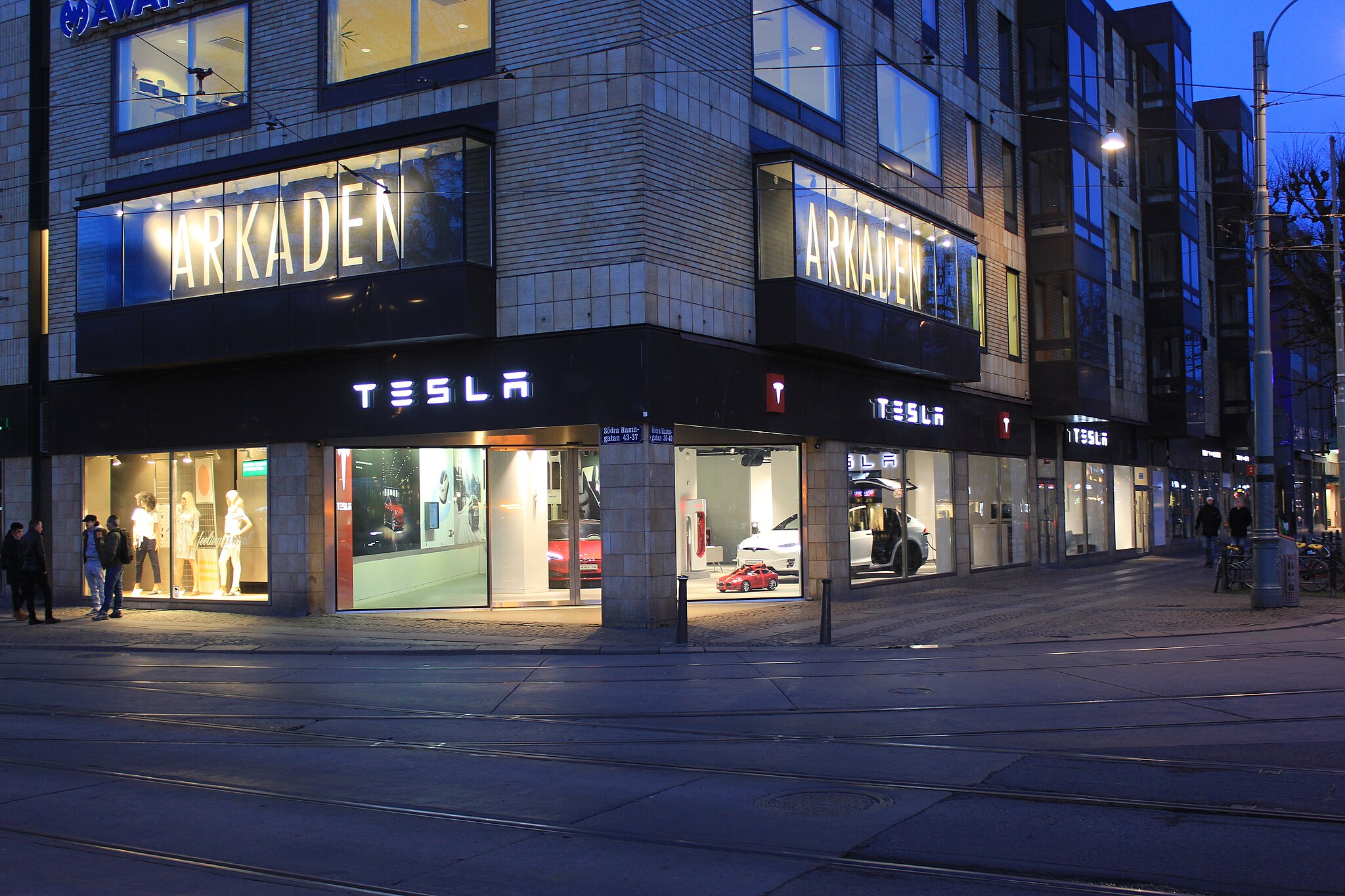
Swedish union Vision has withdrawn its sympathy blockade against Tesla’s planned service center and showroom in Kalmar. As per recent reports, the Vision union’s planned anti-Tesla action might have been illegal.
Vision’s decision to pull the blockade
Vision announced the blockade in early December, stating that it was targeting the administrative handling of Tesla’s facility permits in Kalmar municipality. The sympathy measure was expected to start Monday, but was formally withdrawn via documents sent to the Mediation Institute and Kalmar Municipality last week.
As noted in a Daggers Arbete report, plans for the strike were ultimately pulled after employer group SKR highlighted potential illegality under the Public Employment Act. Vision stressed its continued backing for the Swedish labor model, though Deputy negotiation manager Oskar Pettersson explained that the Vision union and IF Metall made the decision to cancel the planned strike together.
“We will not continue to challenge the regulations,” Petterson said. “The objection was of a technical nature. We made the assessment together with IF Metall that we were not in a position to challenge the legal assessment of whether we could take this particular action against Tesla. Therefore, we chose to revoke the notice itself.”
The SKR’s warning
Petterson also stated that SKR’s technical objection to the Vision union’s planned anti-Tesla strike framed the protest as an unauthorized act. “It was a legal assessment of the situation. Both for us and for IF Metall, it is important to be clear that we stand for the Swedish model. But we should not continue to challenge the regulations and risk getting judgments that lead nowhere in the application of the regulations,” he said.
Vision ultimately canceled its planned blockade against Tesla on December 9. With Vision’s withdrawal, few obstacles remain for Tesla’s long-planned Kalmar site. A foreign electrical firm completed work this fall, and Tesla’s Careers page currently lists a full-time service manager position based there, signaling an imminent opening.
News
Tesla Semi program Director teases major improvements
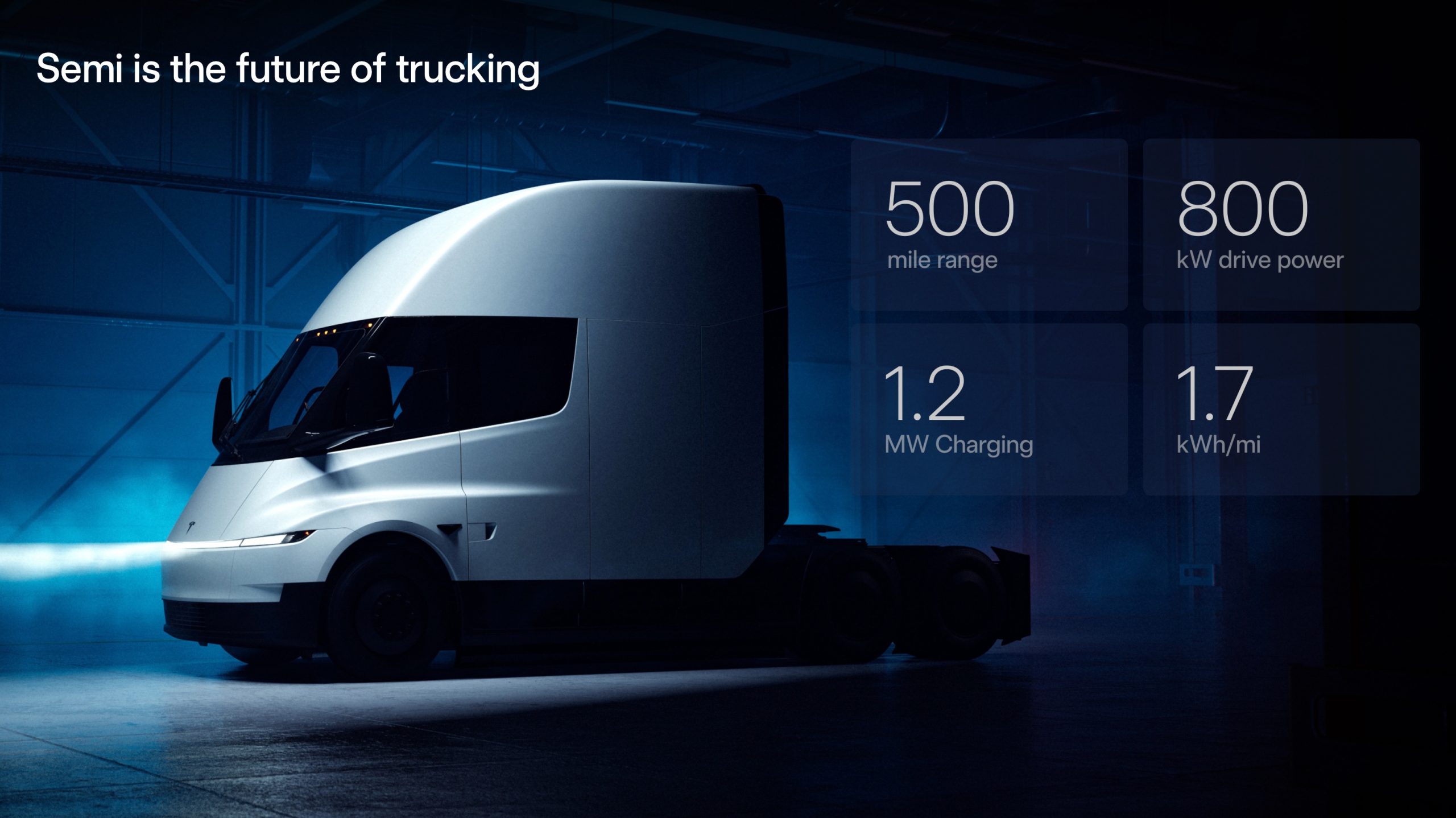
Tesla Semi Program Director Dan Priestly teased the major improvements to the all-electric Class 8 truck on Thursday night, following the company’s decision to overhaul the design earlier this year.
Priestley said he drove the Semi on Thursday, and the improvements appear to be welcomed by one of the minds behind the project. “Our customers are going to love it,” he concluded.
Just drove the redesigned Semi. Our customers are going to love it. https://t.co/KZ88sf1CDL
— Dan Priestley (@danWpriestley) December 19, 2025
The small detail does not seem like much, but it is coming from someone who has been involved in the development of the truck from A to Z. Priestley has been involved in the Semi program since November 2015 and has slowly worked his way through the ranks, and currently stands as the Director of the program.
Tesla Semi undergoes major redesign as dedicated factory preps for deliveries
Tesla made some major changes to the Semi design as it announced at the 2025 Annual Shareholder Meeting that it changed the look and design to welcome improvements in efficiency.
Initially, Tesla adopted the blade-like light bar for the Semi, similar to the one that is present on the Model Y Premium and the Cybertruck.
Additionally, there are some slight aesthetic changes to help with efficiency, including a redesigned bumper with improved aero channels, a smaller wraparound windshield, and a smoother roofline for better aero performance.
All of these changes came as the company’s Semi Factory, which is located on Gigafactory Nevada’s property, was finishing up construction in preparation for initial production phases, as Tesla is planning to ramp up manufacturing next year. CEO Elon Musk has said the Semi has attracted “ridiculous demand.”
The Semi has already gathered many large companies that have signed up to buy units, including Frito-Lay and PepsiCo., which have been helping Tesla test the vehicle in a pilot program to test range, efficiency, and other important metrics that will be a major selling point.
Tesla will be the Semi’s first user, though, and the truck will help solve some of the company’s logistics needs in the coming years.








